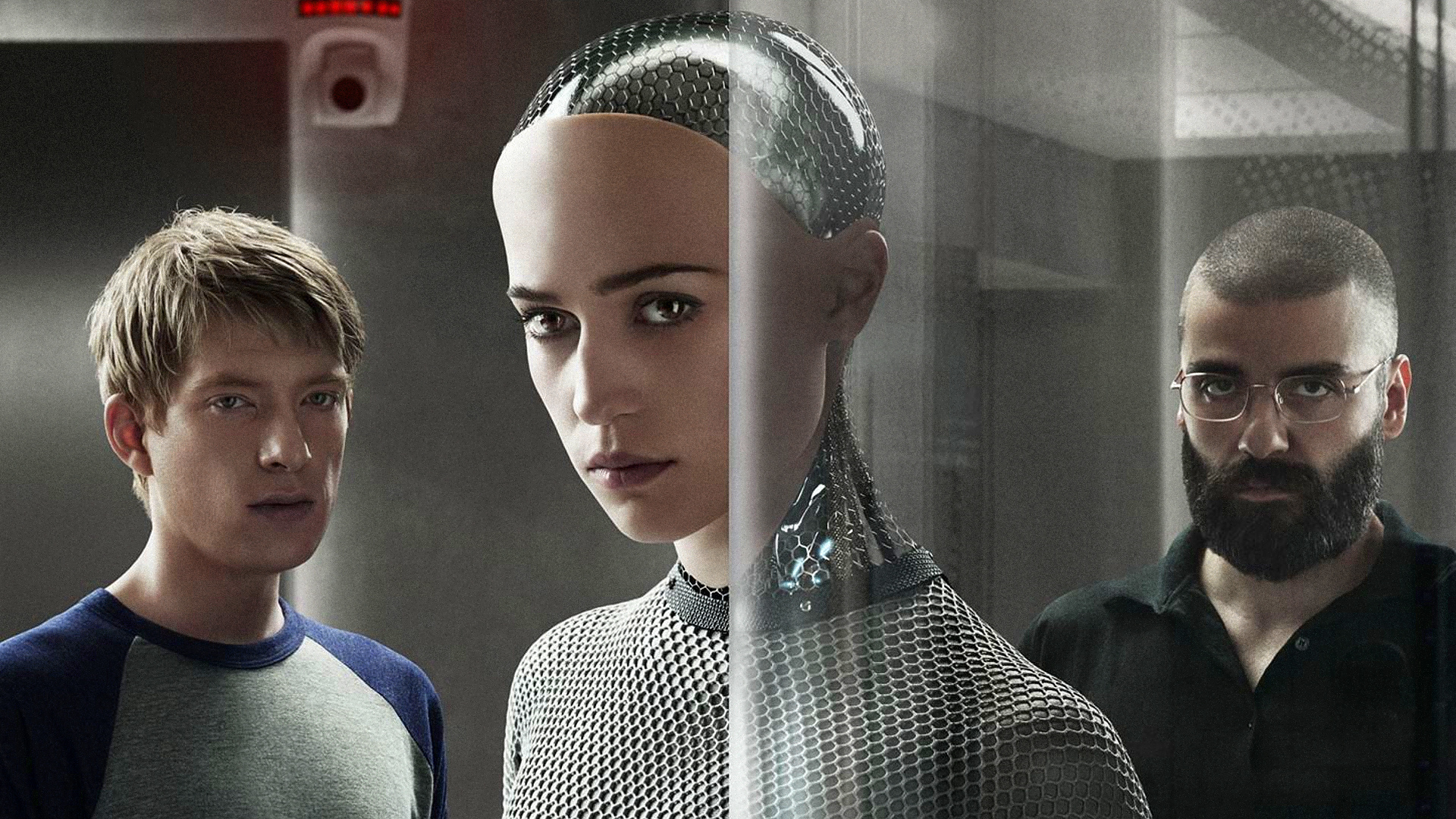Cyborg Implants And The Rise Of The Human Cyborgs
In the late 1970’s people watched a science fiction film created by Martin Caidin entitled ‘Cyborg’. It featured how an individual lost an arm and a limb but was immediately replaced with mechanical prosthetics using cyber technology. These bionic replacements were stronger and powerful than the original replaced extremities.
Inspired with this new fictional concept, it was made into a TV series where people got glued to watch ‘The Six Million Dollar Man”. The ‘Bionic Woman’ was a spin-off of the former. Today, nobody would ever think, even in his wildest dreams that cyber fiction on lost organs and limbs can now be a reality, that is, actual restoration through cyborg implants. Sutherland, W. (2009) explained that “the term cyborg was initially coined by NASA scientists Manfred Clynes and Nathan Kline in 1960 when they discussed hypothetical advantages of human-machines in space.
Today, cyborg implants are real. They are part- machine, part- biological organism which can be used for medical and scientific purposes to include military/ law/ intelligence enforcement purposes. When it comes to modern medical technology, there were significant medical breakthroughs intended to improve patient care, deliver longer life expectancy and the right quality of life. The expectations in this field go over and beyond. For example, Divorsky, G. (2012) discusses the recent breakthrough on powering implants in the brain: “MIT engineers have developed a fuel cell that can run on your brain’s own glucose_ a breakthrough that could result in powerful neural prosthetics that could restore and control a number of bodily functions”. According to SCImago Journal and County Rank Journal (2013),
“You can now find cyborg implants being used in each body organ of the human body. Most likely, medical implants must be accompanied with biomechanical features as good as those of tissues arising from within without any adverse effects. Studies of the long-term effects of medical implants in very human anatomical site must be carefully calculated in order to ensure accuracy, safety and effective performance of the implants”. Nowadays, surgery cyborg implants demand an interdisciplinary cooperation of a number of qualified and exceptional consultants. A good example is the successful cochlear implants that required the involvement of audio specialists, medical audio experts, speech and language teachers, and other professions involved with repairing and curing hearing-impaired and deaf individuals”.
Taking up several challenges ahead and in quest for effective and sustainable solutions, cyber research technology is now into laser and advanced implant systems, complemented with thermo-fluid dynamics, mechanics, nanoelectronics, metrology and numeric simulation to bioprocess, biomechanics, other variant bio-systems.
Believe it or not but the following individuals were benefitted from the cyber research technology through cyborg implants. Nelson, B. (2013) presents a few out of the seven recorded actual cyborg patients who benefitted from Cybernetics.
“One is Neil Harbisson was born with extreme color blindness. Equipped with a cyborg eye, he now is adapted to a device implanted in his brain that renders perception of colors as sound on a musical scale. This device allows Harbisson to ‘hear’ a color. Next is Kevin Warwick, a Professor in a University in United Kingdom. Using himself as guinea pig, he experimented by inserting microchips in his arm to perform several functions that allowed him to operate a heater, doors and light.
Nelson, B. (2013) continues by explaining that “Cyber technology is most immediately helpful for amputees like Jesse Sullivan. Sullivan was equipped with new robotic limbs, connected to his nervous systems, capable of functioning like normal limbs. Lastly, Jens Naumann was struck with both blind eyes. He became the first recipient of an artificial vision system which is connected directly to his visual cortex through brain implants”.
All these real-life cyborg individuals volunteered to become cyborg, half-man, half machines. All of them are said to be inspiring harbingers of the future. At least none of them were converted as “Terminators”_ at least not for the time being.
The future is here. Cyborg implants as major component s of Cyborg technology or Cybernetics have already made several steps of advancement to a point where it is now safe to say that bionic humans are no longer stuff of science fiction. All individuals who subject themselves to become recipients of cyborg technology are said to be inspiring harbingers of the future. At least, none of them function as “Terminators” for the time being.
What holds Cyborg technology in the future? Cybernetics will continue to provide more freedom and improve life to quadriplegics, the blind imprisoned in their world of darkness, the deaf and other people who will seamlessly need synthetic replacement parts that will gain widespread acceptance and use. However, there is the trepidation that the cyborg technology will hopefully not be used to control human mind unethically or that will violate human rights.


